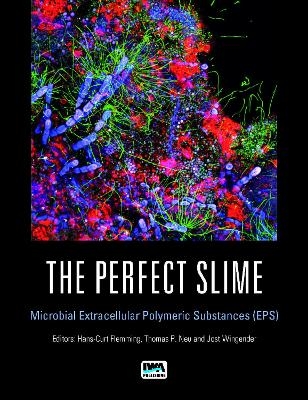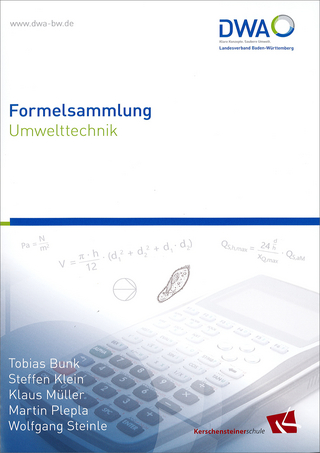
The Perfect Slime
IWA Publishing (Verlag)
978-1-78040-741-8 (ISBN)
The Perfect Slime presents the latest state of knowledge and all aspects of the Extracellular Polymeric Substances, (EPS) matrix – from the ecological and health to the antifouling perspectives. The book brings together all the current material in order to expand our understanding of the functions, properties and characteristics of the matrix as well as the possibilities to strengthen or weaken it. The EPS matrix represents the immediate environment in which biofilm organisms live. From their point of view, this matrix has paramount advantages. It allows them to stay together for extended periods and form synergistic microconsortia, it retains extracellular enzymes and turns the matrix into an external digestion system and it is a universal recycling yard, it protects them against desiccation, it allows for intense communication and represents a huge genetic archive. They can remodel their matrix, break free and eventually, they can use it as a nutrient source. The EPS matrix can be considered as one of the emergent properties of biofilms and are a major reason for the success of this form of life. Nevertheless, they have been termed the “black matter of biofilms” for good reasons. First of all: the isolation methods define the results. In most cases, only water soluble EPS components are investigated; insoluble ones such as cellulose or amyloids are much less included. In particular in environmental biofilms with many species, it is difficult to impossible isolate, separate the various EPS molecules they are encased in and to define which species produced which EPS. The regulation and the factors which trigger or inhibit EPS production are still very poorly understood. Furthermore: bacteria are not the only microorganisms to produce EPS. Archaea, Fungi and algae can also form EPS. This book investigates the questions, What is their composition, function, dynamics and regulation? What do they all have in common?
The perfect slime; EPS – a complex mixture; The extracellular matrix – an intractable part of biofilm systems; Analysis of biofilms involves more than counting numbers of bacteria; Genetics and regulation of EPS formation in Pseudomonas aeruginosa; Amyloids – a neglected child of the slime; Bacterial exopolysaccharides from unusual environments and their applications; Mechanical properties of biofilms; Travelling through slime – bacterial movements in the EPS matrix; Why and how biofilms cause biofouling – the “hair-in-sink” effect; Unique and baffling aspects of the matrix: EPS syneresis and glass formation during desiccation; Extracellular factors involved in biofilm matrix formation by rhizobia; Transparent exopolymer particles: an important EPS component in seawater; Snapshots of fungal extracellular matrices; Biofilms x-treme: EPS composition and exopolysaccharide synthesis in the thermoacidophilic archaeon Sulfolobus acidocaldarius.
| Erscheint lt. Verlag | 15.9.2016 |
|---|---|
| Verlagsort | London |
| Sprache | englisch |
| Maße | 156 x 234 mm |
| Themenwelt | Technik ► Umwelttechnik / Biotechnologie |
| ISBN-10 | 1-78040-741-6 / 1780407416 |
| ISBN-13 | 978-1-78040-741-8 / 9781780407418 |
| Zustand | Neuware |
| Haben Sie eine Frage zum Produkt? |
aus dem Bereich


